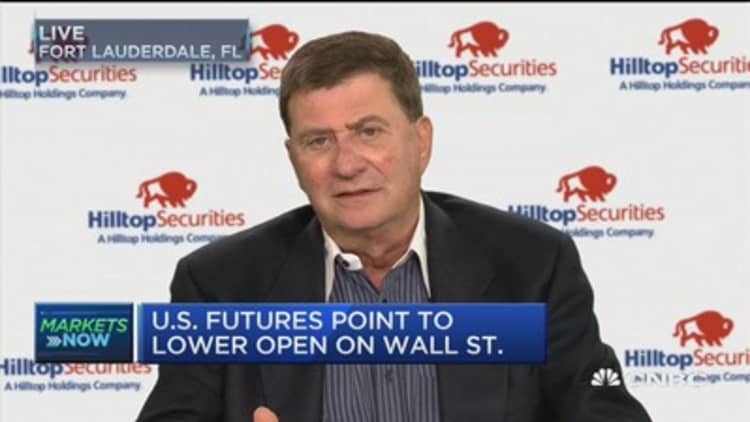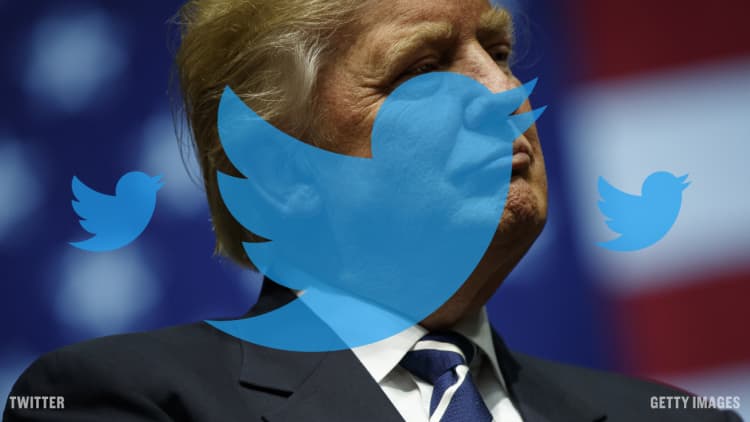
President-elect Donald Trump's policies have the potential to trigger a new age in U.S. economic growth that could serve as a global template, according to a Deutsche Bank forecast.
Gross domestic product growth would be double its current level under an agenda that cuts regulations across a broad swath of critical sectors, enacts tax reform that slashes personal and corporate taxes, and calls for at least $1 trillion in improvements for bridges, roads and other public projects.
"This policy mix has the potential of reigniting productivity growth and raising U.S. growth potential," David Folkerts-Landau, chief economist at Deutsche Bank, said in a report for clients. "While Trump introduces higher uncertainty, this is better than the near certainty of the continuation of a mediocre status quo."
The impact may not be felt immediately, but once the new agenda kicks in it will serve as a "game changer for the U.S. economy," Folkerts-Landau added.
In raw numbers, that would push 2017 growth to 2.4 percent and 2018 up to 3.6 percent. By way of comparison, the economy has grown an average of about 1.6 percent a year under President Barack Obama, the worst recovery since the Great Depression. Obama is the first president since Herbert Hoover not to see at least 3 percent growth for a calendar year.
U.S. growth will bleed into the world economy, according to Deutsche, which pushed its 2017 global GDP forecast from 3 percent to 3.4 percent.
One of the broad keys for the Trump economy will be a shift from one that relies on aggressive monetary policy — zero interest rates, trillions in Fed money-printing — to fiscal policies focused on more broad-based growth that will stretch from Wall Street to Main Street. Though Obama's GDP numbers were pedestrian, the stock market as measured by the jumped more than 240 percent during his time in office.
"This policy will be successful in moving the U.S. economy away from low-growth secular stagnation towards significantly more buoyant performance," Folkerts-Landau said. "We would not be taken by surprise by a doubling of the growth rate of real GDP in the U.S. over the next two years, nor by a further significant move up of equity valuations and a material further appreciation of the dollar."
He also notes that the approach is close to one Deutsche has advocated for Europe "for a number of years now."
The analysis also takes a more optimistic view of Trump's expected "America first" agenda when compared with other Wall Street views that have cited the danger of a potentially isolationist U.S. that starts trade wars with global competitors.
"This approach should produce a new order that will ultimately be more stable in the sense that 'good fences make good neighbors,'" Folkers-Landau said. "However, we do note that the uncertainty about the Trump administration's policies is still large, as is the reaction of those impacted by these policies."
To be sure, there are downside risks.
The most notable is that Trump simply disappoints in terms of how well his plans are enacted. Others are escalation of geopolitical risks, instability in China, trade wars, the Fed having to hike interest rates too quickly and a crisis in emerging markets.
WATCH: Trump’s tweets can cost a company billions of dollars. Here’s how...



